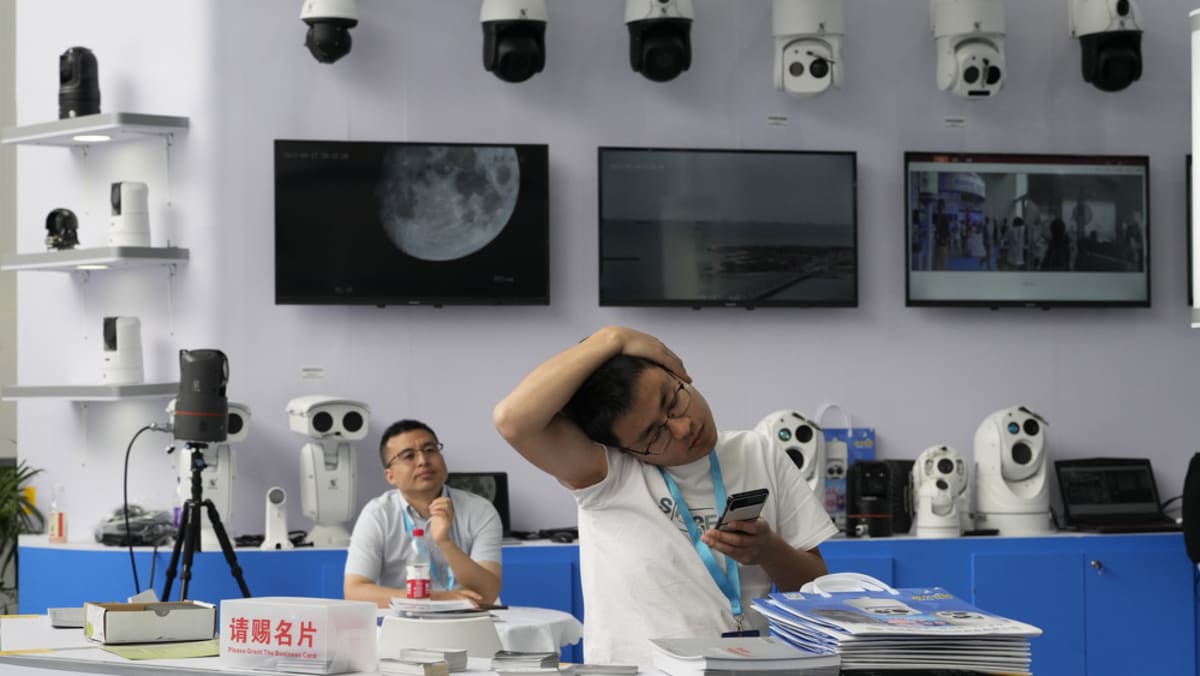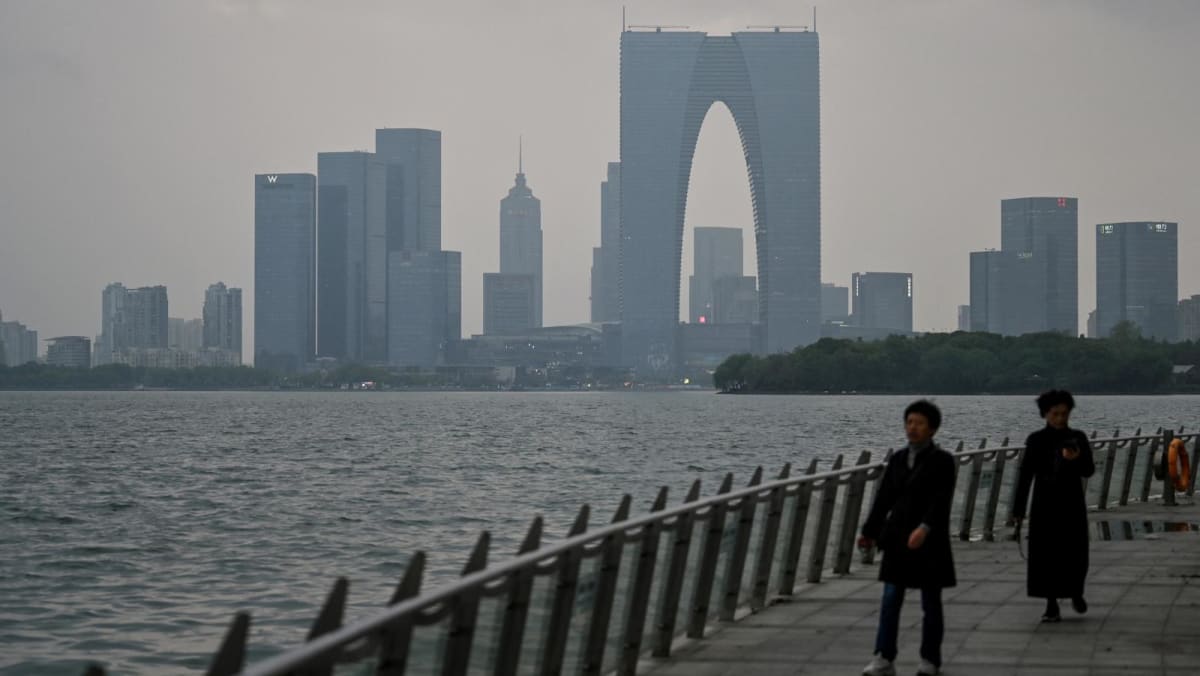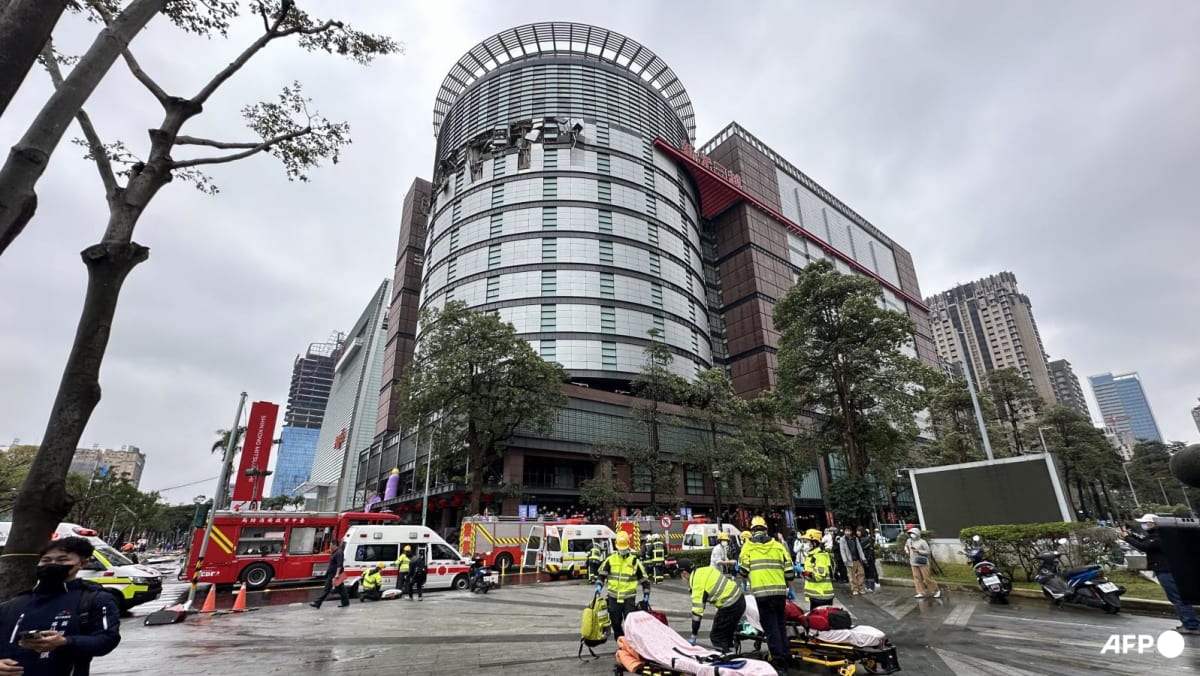RESTRUCTURING
In addition to the rapid rise of Chinese electric vehicle makers such as BYD, Japanese automakers are also facing the prospect of tariffs in the United States, another major market.
Nissan is pushing ahead with a restructuring plan announced in November that includes cutting 9,000 jobs and reducing global capacity by 20 per cent. It has yet to disclose details such as which locations will be affected.
Sources said in December that Nissan will need to further reduce its capacity in China, where it operates eight factories through its joint venture with Dongfeng Motor. It has already suspended production at its Changzhou plant as part of efforts to optimise operations.
Before announcing the merger discussions in December, Nissan and Honda had been holding separate talks on a technology collaboration, which they could outline the scope of on Thursday.
Nissan is now open to working with new partners, with Taiwan’s Foxconn seen as one candidate, sources told Reuters last week.
Foxconn Chairman Young Liu said on Wednesday that it would consider taking a stake in Nissan but that its main aim was cooperation.
Nissan shares soared more than 60 per cent and Honda’s jumped around 26 per cent in late December after the merger talks were first reported on Dec 17. Those gains have since been pared to 21 per cent for Nissan and 11 per cent for Honda.
Nissan’s market capitalisation is now nearly five times smaller than that of Honda, which is about 7.5 trillion yen (US$48.6 billion). A decade ago, the pair were both worth around 4.6 trillion yen.














